General Discussion
Forum home - Go back to General discussion
|
Identifying A Radio
|
|
|
Return to top of page · Post #: 1 · Written at 1:39:54 PM on 17 June 2019.
|
|
|
|
Location: Brisbane, QLD
Member since 18 September 2010 Member #: 102 Postcount: 301 |
|
A mate gave me a radio today which he received from a deceased estate. There is only one mark on the dial escutcheon, AC, there are 3 valves one is an 80, I can't make out the 2nd, it clearly shows E something 5, the other one is missing. The speaker is also one I've never seen before, the cabinet it is stamped "Made in Germany", it is a separate speaker box mounted inside the cabinet. I've looked at most Australian manufacturers with the 2 known valves in mind but nothing matches. I'd like to restore the radio but my hands are tied without knowing what I'm looking at. 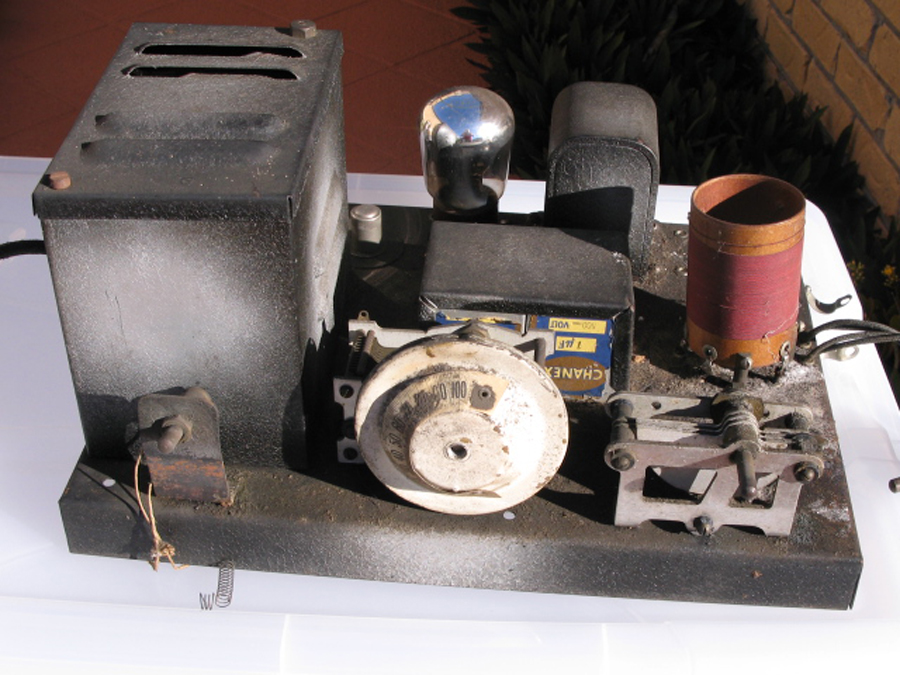 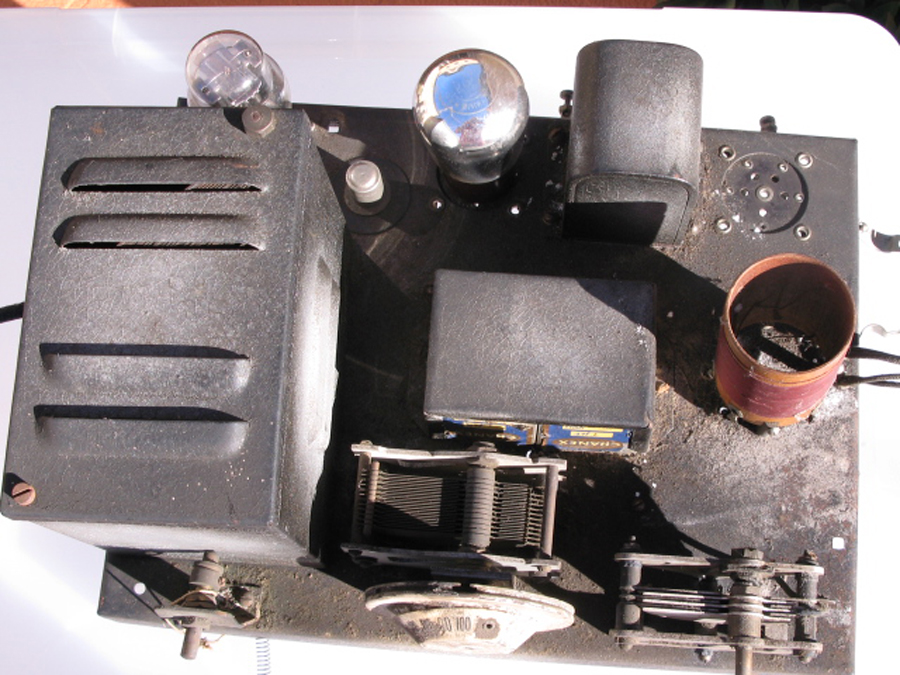 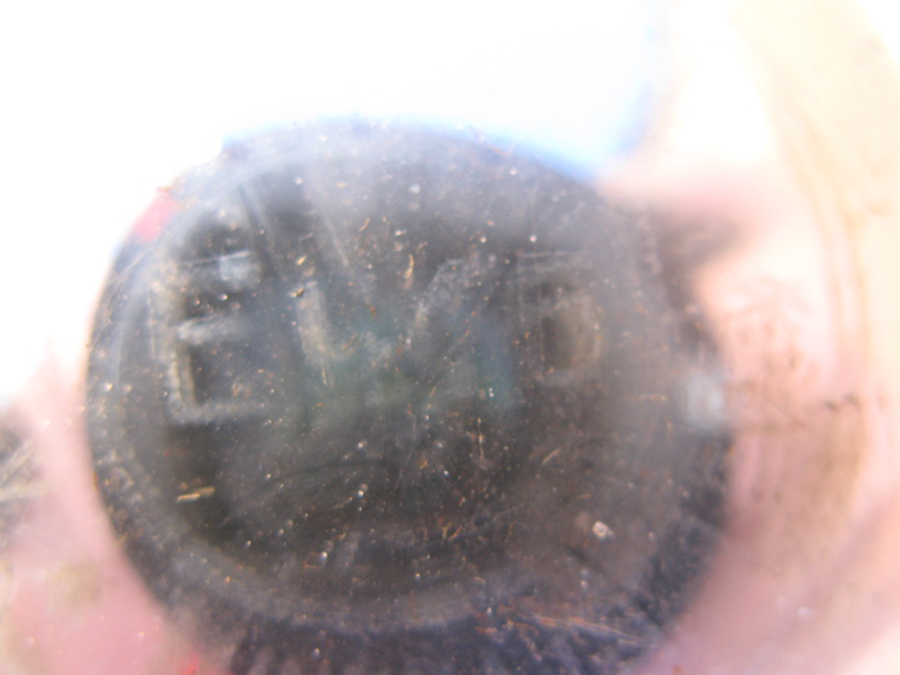 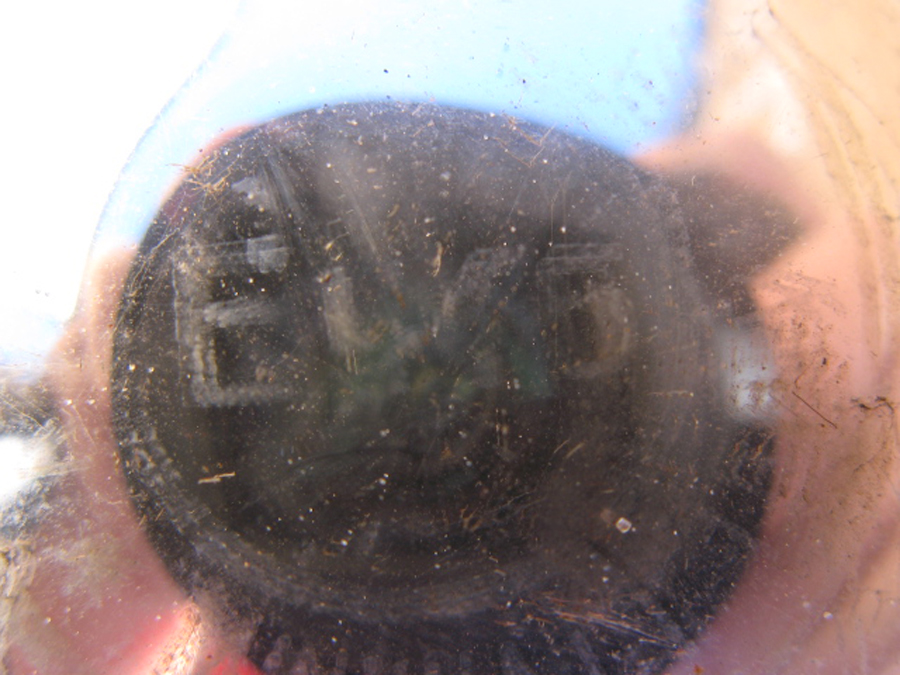 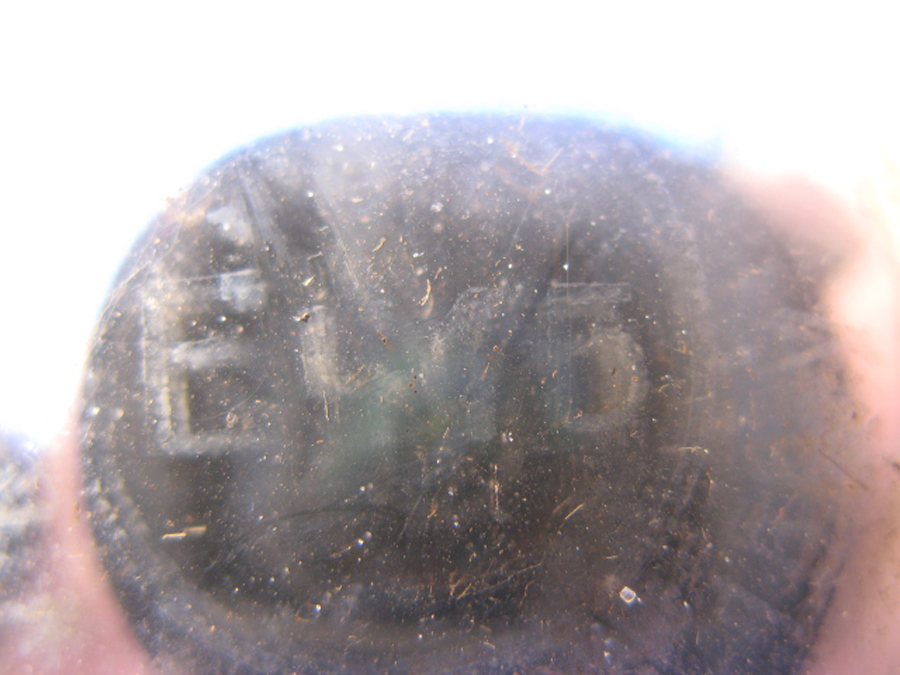 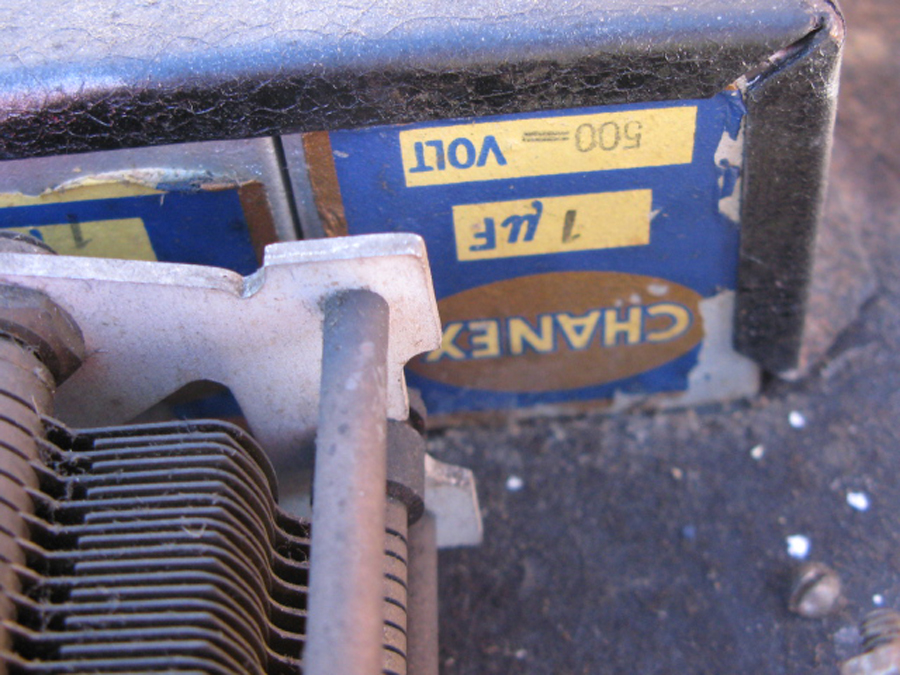 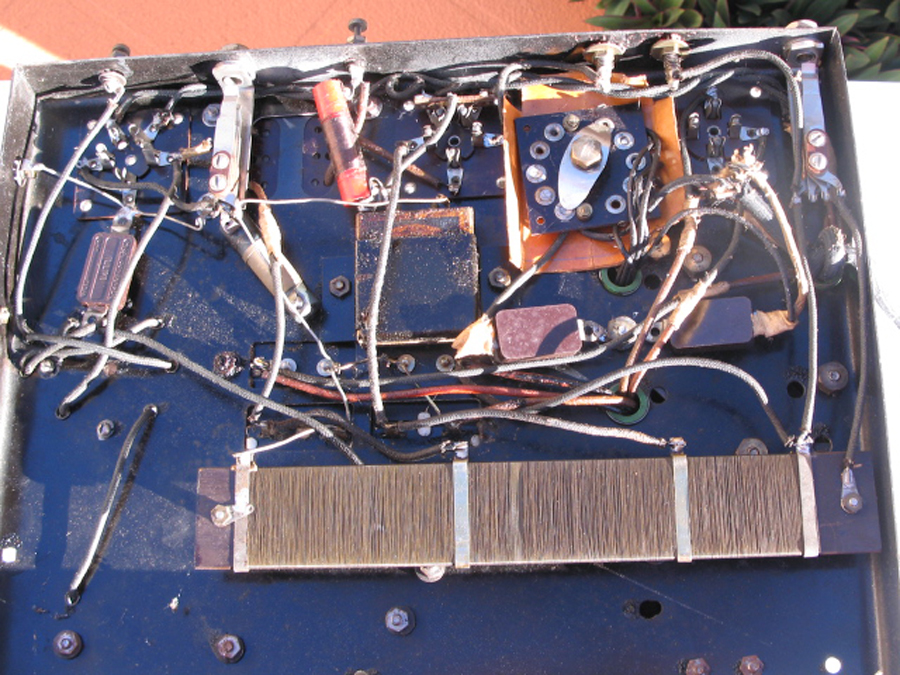 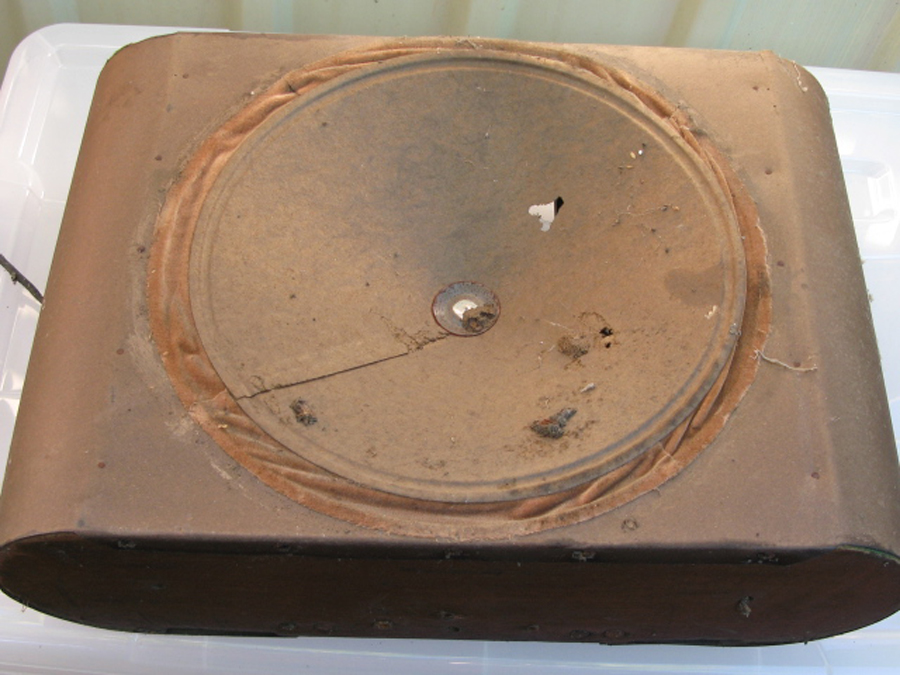 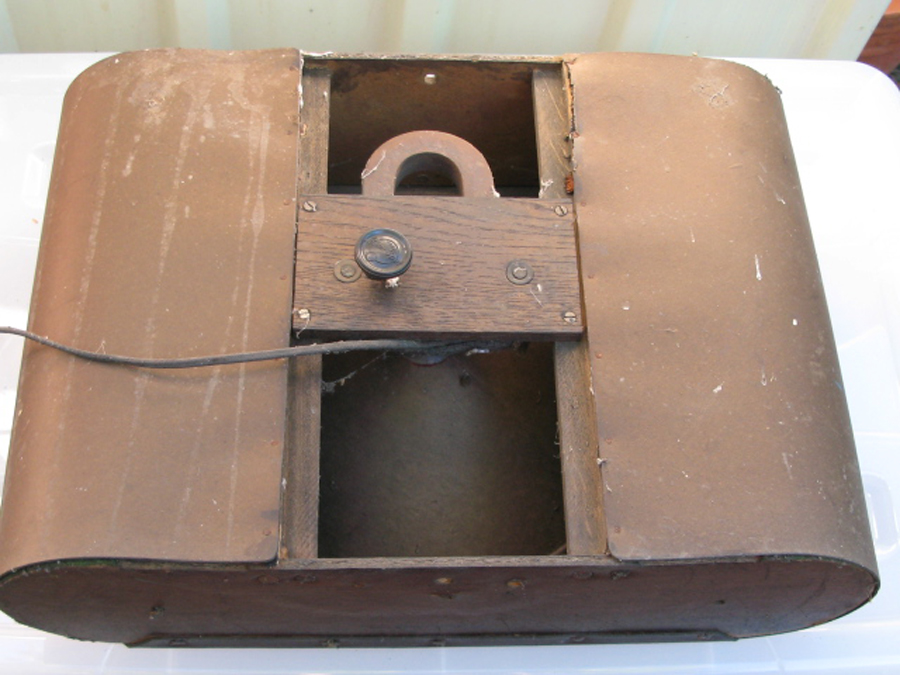 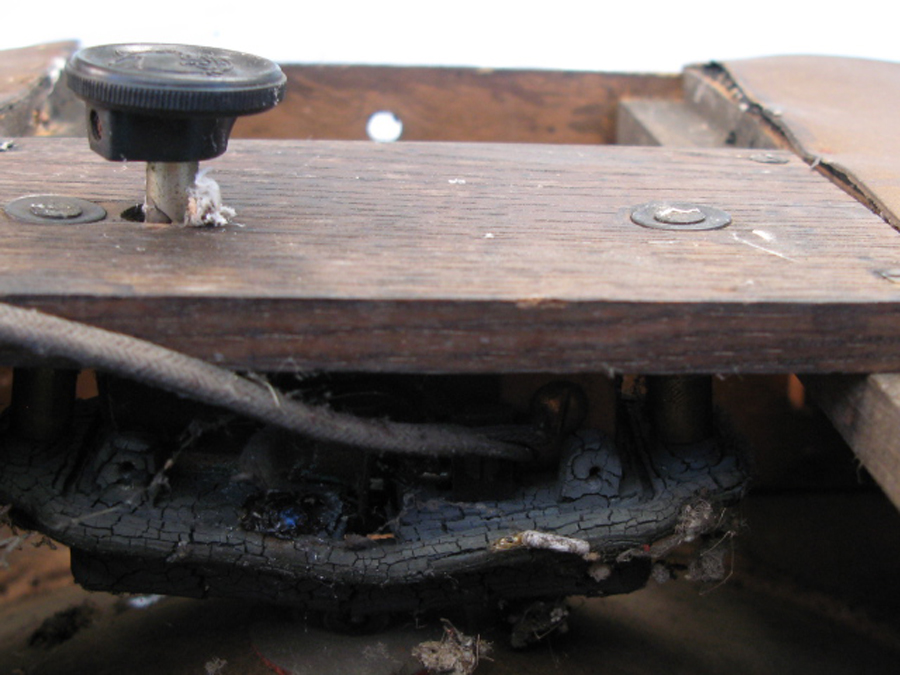 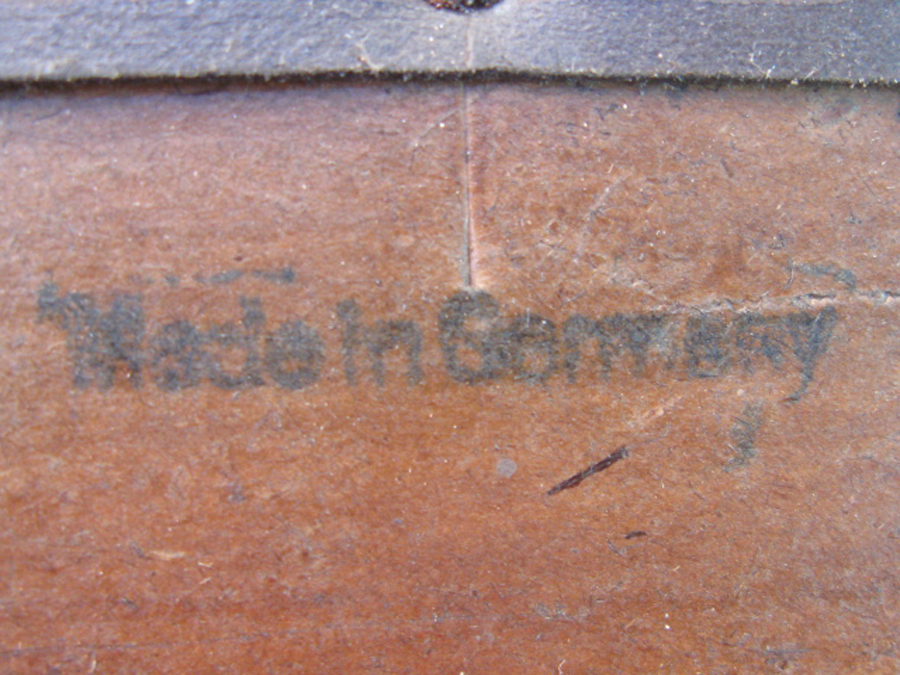 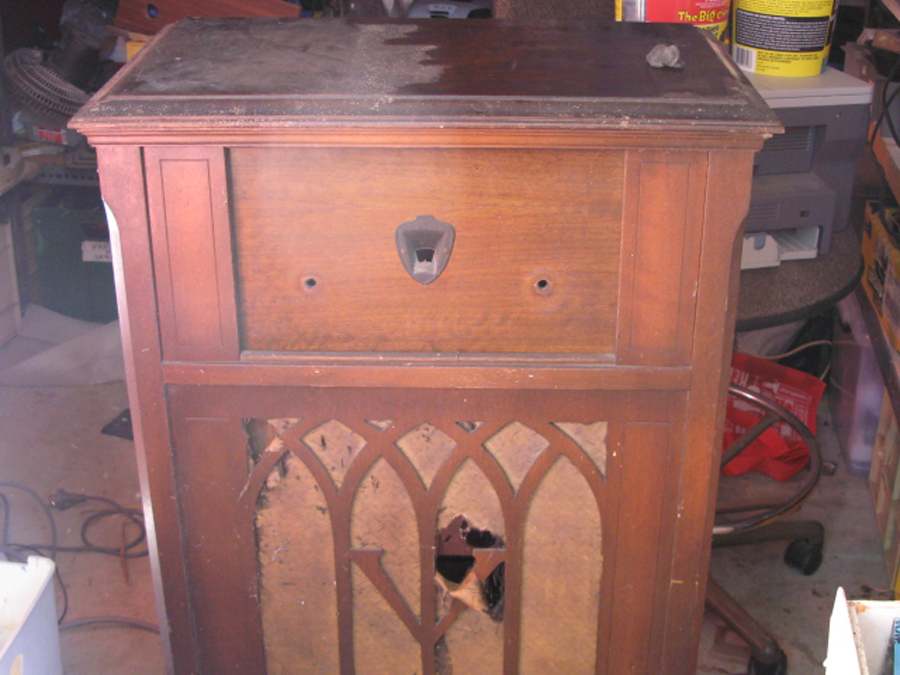 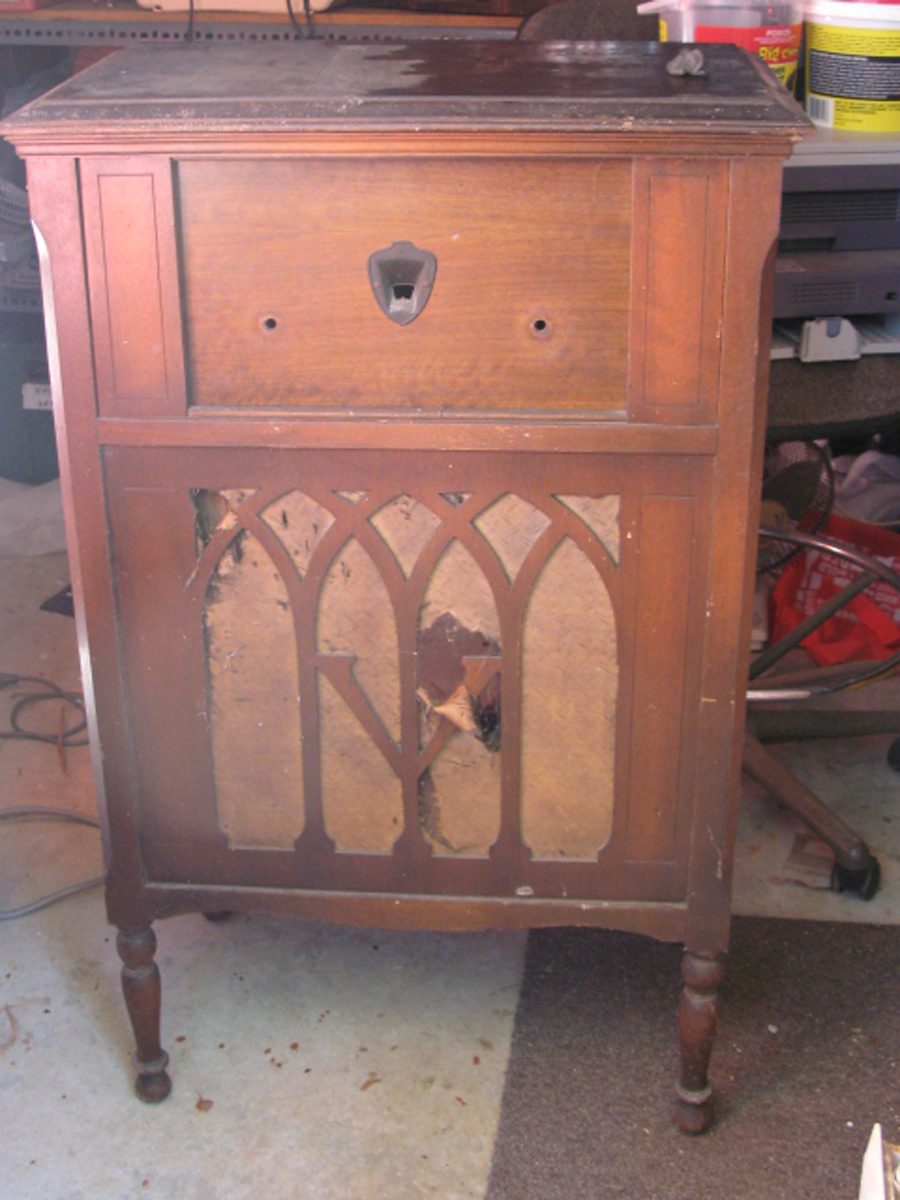 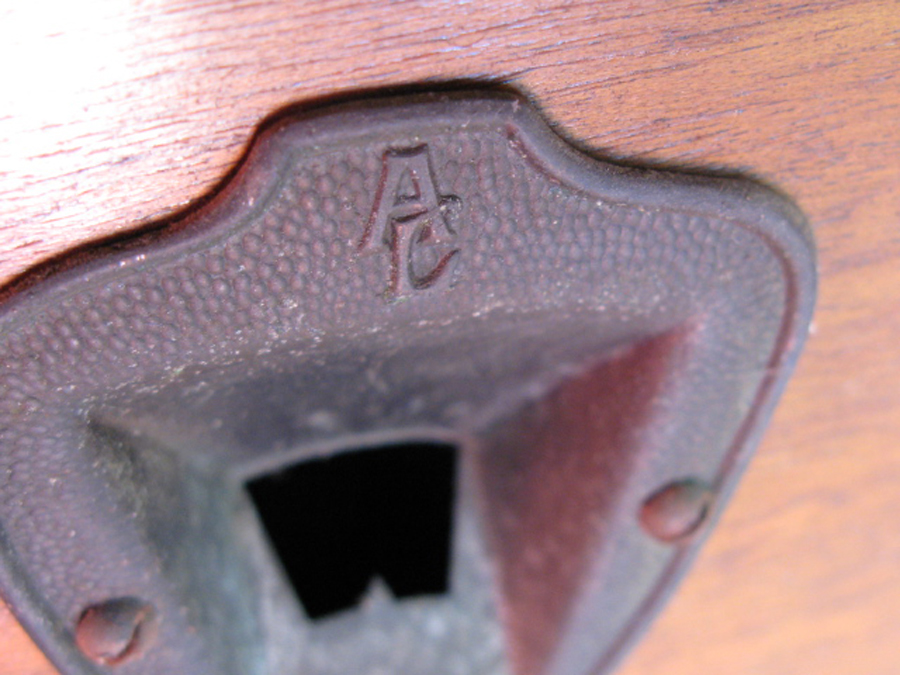 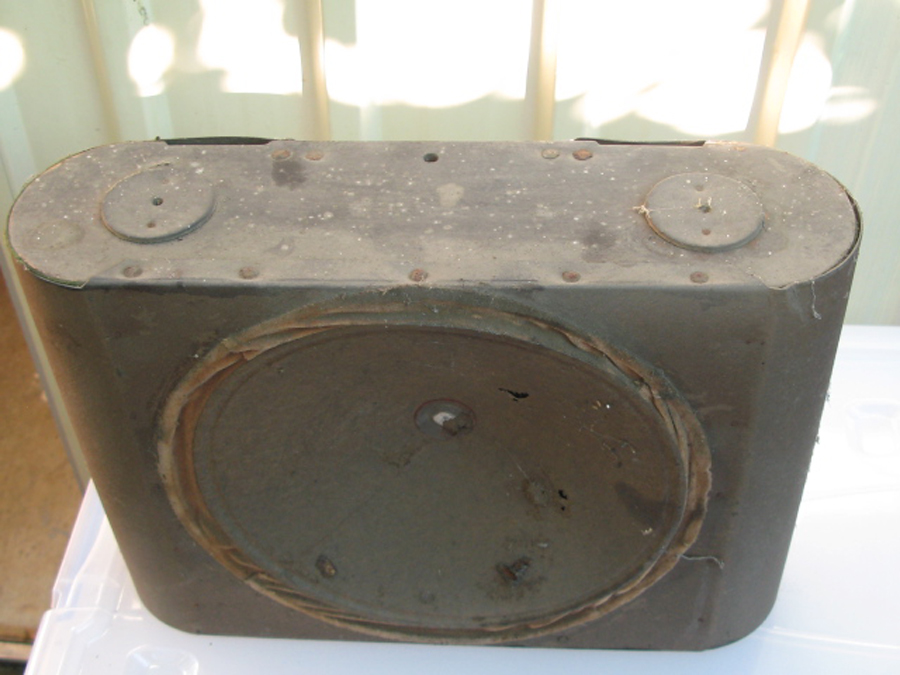 |
|
|
Return to top of page · Post #: 2 · Written at 2:20:05 PM on 17 June 2019.
|
|
|
|
Location: Brisbane, QLD
Member since 18 September 2010 Member #: 102 Postcount: 301 |
|
I should have mentioned that I checked every valve in the Miniwatt book that begins with E and ends in 5 with 5 pins, E415 is the only one. |
|
|
Return to top of page · Post #: 3 · Written at 5:11:42 PM on 17 June 2019.
|
|
|
|
Location: Penrith, NSW
Member since 7 April 2012 Member #: 1128 Postcount: 403 |
|
The EF5 is a P base valve. Used in sets around 1936. ‾‾‾‾‾‾‾‾‾‾‾‾‾‾‾‾‾‾‾‾‾‾‾‾‾‾‾‾‾‾‾‾‾‾‾‾‾‾‾‾‾‾‾‾‾‾‾‾‾‾‾‾‾‾‾‾‾‾‾‾‾‾‾‾‾‾‾‾ I love the smell of ozone in the morning. |
|
|
Return to top of page · Post #: 4 · Written at 5:13:02 PM on 17 June 2019.
|
|
|
|
Location: Penrith, NSW
Member since 7 April 2012 Member #: 1128 Postcount: 403 |
|
Sorry. I missed the bit about five pins. ‾‾‾‾‾‾‾‾‾‾‾‾‾‾‾‾‾‾‾‾‾‾‾‾‾‾‾‾‾‾‾‾‾‾‾‾‾‾‾‾‾‾‾‾‾‾‾‾‾‾‾‾‾‾‾‾‾‾‾‾‾‾‾‾‾‾‾‾ I love the smell of ozone in the morning. |
|
|
Return to top of page · Post #: 5 · Written at 8:41:40 PM on 17 June 2019.
|
|
|
|
Administrator
Location: Naremburn, NSW
Member since 15 November 2005 Member #: 1 Postcount: 7580 |
|
Photos uploaded. ‾‾‾‾‾‾‾‾‾‾‾‾‾‾‾‾‾‾‾‾‾‾‾‾‾‾‾‾‾‾‾‾‾‾‾‾‾‾‾‾‾‾‾‾‾‾‾‾‾‾‾‾‾‾‾‾‾‾‾‾‾‾‾‾‾‾‾‾ A valve a day keeps the transistor away... |
|
|
Return to top of page · Post #: 6 · Written at 6:39:25 AM on 18 June 2019.
|
|
|
|
Location: Brisbane, QLD
Member since 18 September 2010 Member #: 102 Postcount: 301 |
|
Did a bit of searching to identify the speaker, this what I found. Any thoughts would be appreciated. |
|
|
Return to top of page · Post #: 7 · Written at 8:50:50 AM on 19 June 2019.
|
|
|
|
Location: Brisbane, QLD
Member since 18 September 2010 Member #: 102 Postcount: 301 |
|
Sending 2 more pictures of the inside of the metal box and also multi taps for AC inputs. I'm starting to think that it's a European radio. I have checked with Radio Museum for every well known 3 valve radio in the 20s and 30s for the same valve line up with no joy. 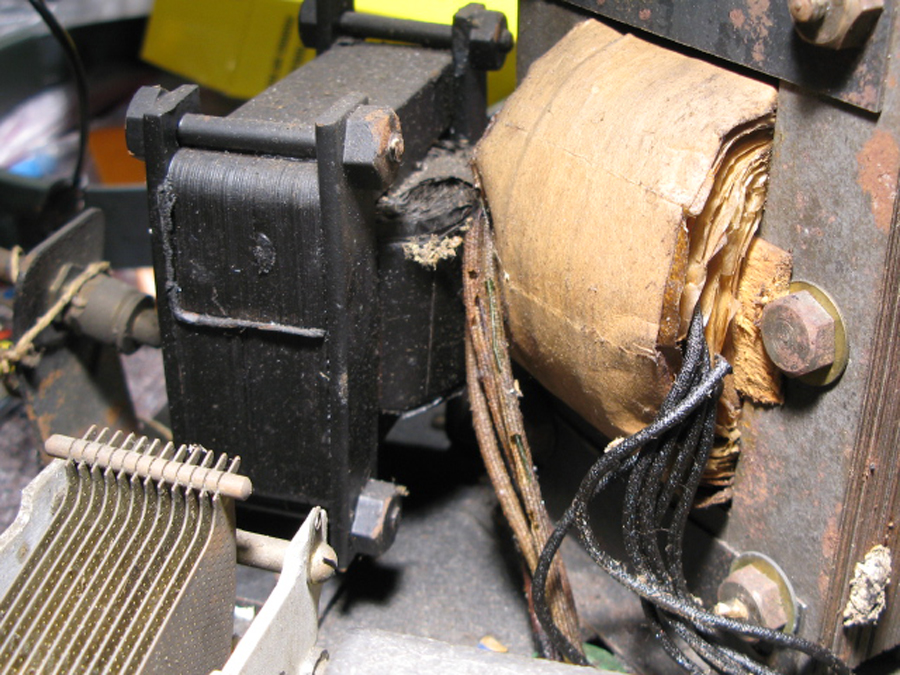 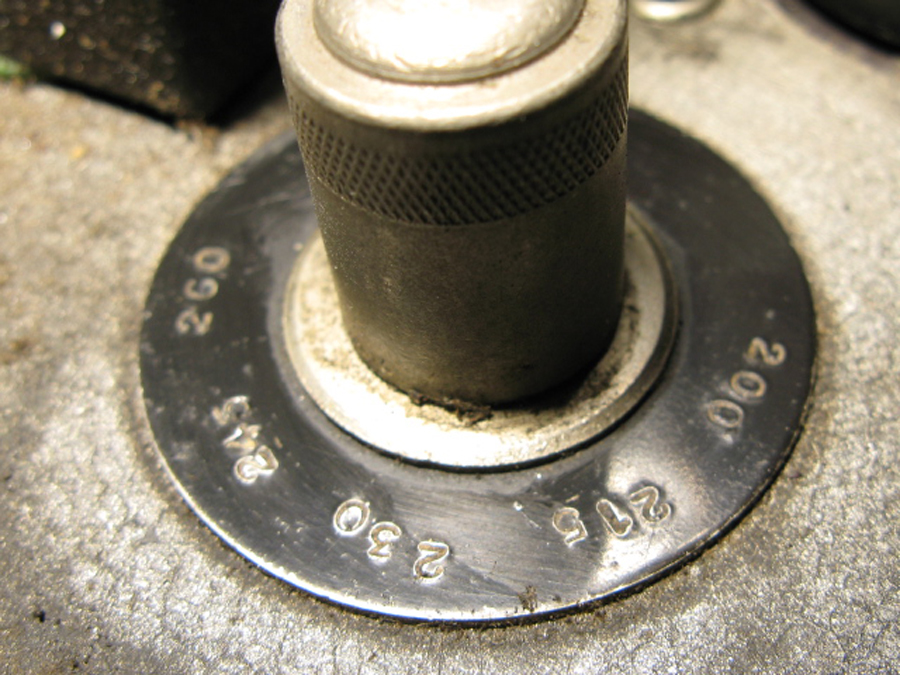 |
|
|
Return to top of page · Post #: 8 · Written at 7:16:01 PM on 19 June 2019.
|
|
|
|
Location: Hill Top, NSW
Member since 18 September 2015 Member #: 1801 Postcount: 2231 |
|
Interesting old radio. The E415 was made by Philips from 1928 to 1932, being a detector and triode. I expect it serves the purpose of an output valve in this case. |
|
|
Return to top of page · Post #: 9 · Written at 7:32:04 PM on 19 June 2019.
|
|
|
|
Administrator
Location: Naremburn, NSW
Member since 15 November 2005 Member #: 1 Postcount: 7580 |
|
Photos uploaded to Post 7. ‾‾‾‾‾‾‾‾‾‾‾‾‾‾‾‾‾‾‾‾‾‾‾‾‾‾‾‾‾‾‾‾‾‾‾‾‾‾‾‾‾‾‾‾‾‾‾‾‾‾‾‾‾‾‾‾‾‾‾‾‾‾‾‾‾‾‾‾ A valve a day keeps the transistor away... |
|
|
Return to top of page · Post #: 10 · Written at 7:48:41 PM on 19 June 2019.
|
|
|
|
Location: Brisbane, QLD
Member since 18 September 2010 Member #: 102 Postcount: 301 |
|
|
|
|
Return to top of page · Post #: 11 · Written at 7:57:39 PM on 19 June 2019.
|
|
|
|
Location: Brisbane, QLD
Member since 18 September 2010 Member #: 102 Postcount: 301 |
|
Couldn't wait till tomorrow, the A22x is very close, maybe the E415 was in the wrong socket ? |
|
|
Return to top of page · Post #: 12 · Written at 9:17:08 AM on 20 June 2019.
|
|
|
|
Location: Hill Top, NSW
Member since 18 September 2015 Member #: 1801 Postcount: 2231 |
|
Trying to figure out what some of those parts are... |
|
|
Return to top of page · Post #: 13 · Written at 1:52:34 PM on 20 June 2019.
|
|
|
|
Location: Brisbane, QLD
Member since 18 September 2010 Member #: 102 Postcount: 301 |
|
Robbbert, there 5 electros, 2 x 1 ufd 500 volt that can see, on the other side there are 2 x 4 ufd 1500 volt and one under the chassis, don't its value yet. I'll have a look at the box between the valves. My other concern is the speaker, if you look at the photo you'll see pot metal, don't know the effect of it yet. |
|
|
Return to top of page · Post #: 14 · Written at 3:53:58 PM on 20 June 2019.
|
|
|
|
Location: Brunswick, VIC
Member since 3 May 2017 Member #: 2100 Postcount: 43 |
|
Hi Rudolf, |
|
|
Return to top of page · Post #: 15 · Written at 4:48:19 PM on 20 June 2019.
|
|
|
|
Location: Western Victoria, VIC
Member since 14 November 2009 Member #: 579 Postcount: 110 |
|
Hi Rudolf, ‾‾‾‾‾‾‾‾‾‾‾‾‾‾‾‾‾‾‾‾‾‾‾‾‾‾‾‾‾‾‾‾‾‾‾‾‾‾‾‾‾‾‾‾‾‾‾‾‾‾‾‾‾‾‾‾‾‾‾‾‾‾‾‾‾‾‾‾ Robert |
|
|
You need to be a member to post comments on this forum.
|
|

Sign In

Vintage Radio and Television is proudly brought to you by an era where things were built with pride and made to last.
DISCLAIMER: Valve radios and televisions contain voltages that can deliver lethal shocks. You should not attempt to work on a valve radio or other electrical appliances unless you know exactly what you are doing and have gained some experience with electronics and working around high voltages. The owner, administrators and staff of Vintage Radio & Television will accept no liability for any damage, injury or loss of life that comes as a result of your use or mis-use of information on this website. Please read our Safety Warning before using this website.
WARNING: Under no circumstances should you ever apply power to a vintage radio, television or other electrical appliance you have acquired without first having it checked and serviced by an experienced person. Also, at no time should any appliance be connected to an electricity supply if the power cord is damaged. If in doubt, do not apply power.
Shintara - Keepin' It Real · VileSilencer - Maintain The Rage
